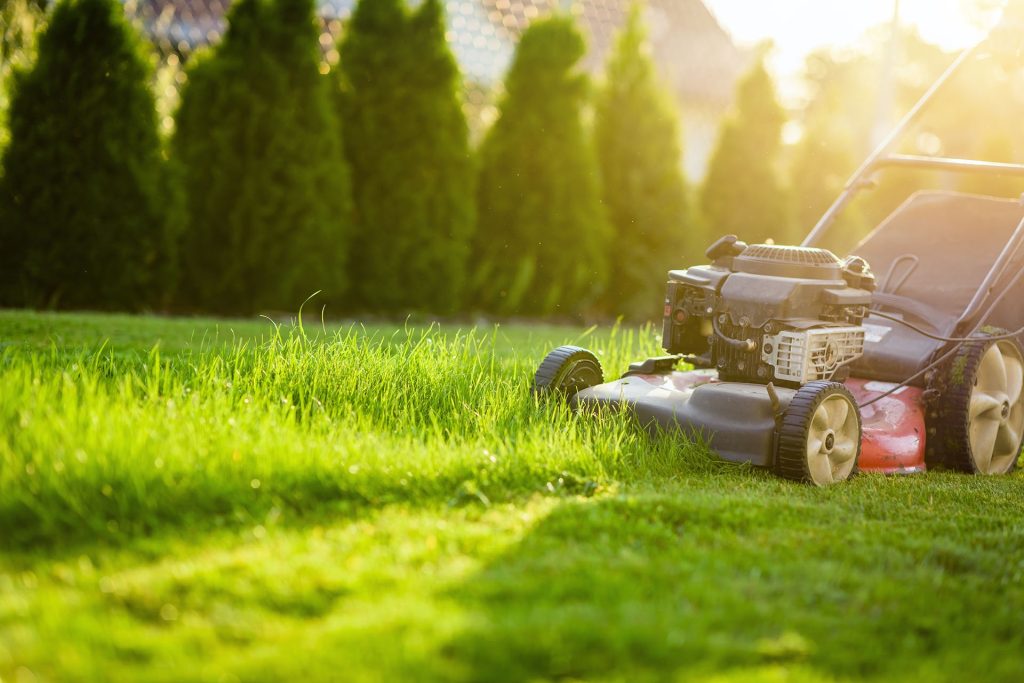Key Points When Mowing Your Lawn
Back in medieval times, if you wanted your grass to be cut, you would simply let your cows roam around and graze on your property. Today lawn mowers are a common household item. What is less common is knowing how to properly cut the lawn in a way that promotes healthy growth. Here are four key areas to consider before mowing your lawn.
Frequency
Grass blade tips hold a hormone that reduces horizontal growth, which tells the grass to grow taller. But when the grass is cut, the hormone loss communicates to the grass that it needs to grow wider and thicker.
Get a head start and beat the weeds by doing a first mowing in the spring before the grass turns green and starts growing. By mowing early, the old growth is topped off and makes space for new green growth. As the weather warms, we recommend you mow once a week. Any longer period of time will allow weeds to grow and spread. The frequency of mowing can also depend on what type of grass is growing or the amount of rain that has fallen.
Do not mow when the grass is still wet. Mowing wet grass can rip the blades instead of giving the lawn a clean cut. Ripped grass is more susceptible to disease and insect damage. Grass tends to lean over when it is wet, causing uneven cuts, and wet grass clippings can clog your mower.
Height
The height at which you cut your grass is important for healthy growth. When the roots and the blades are the same balanced height, grass is at its healthiest and can handle all types of stress. The main rule for grass height is not to mow more than one third of the height per mowing. One mistake is thinking that if you cut it really low, then you will not have to cut as often. However, the cost of cutting too low is scalping; the ground becomes overexposed to the sun and heat and turns brown. Weeds love this opportunity to go wild, and the grass struggles to survive droughts. Taller grass, on the other hand, absorbs more light, retains more moisture, and provides shade for the ground.
Keep grass taller in the summer and shorter in the winter. If it is high, do not cut it down all at once, or you could create dead grass. Mow one third of the current height, give it a few days, and then mow again.
Clippings
It is not necessary to bag your grass clippings. Clippings will not have a negative effect on the lawn if you cut one third of the grass height. Clippings are a great nitrogen fertilizer. If the thickness of the clippings, also known as thatch, is more than one inch, you may want to rake it
up or bag it while you mow. Grass needs to breathe, and a thick covering can cause spread of disease and weeds.
Direction
Mowing your lawn in different directions is not about style points. Grass tends to grow in the direction it is mowed. By changing directions each time you mow, you are allowing the grass to grow straighter and healthier. It also ensures that you do not create ruts from the tires taking the same path. An effective way to mow is to make a lap or two around the perimeter of the lawn and then mow across one direction back and forth. If you mow horizontal one week, mow vertical the next week.
If you stick to these four areas of mowing care and remember to clean your mower, your grass will be healthier, and your mower will be happier. Are you looking to redo your yard or wanting a lush green lawn? Contact us and we would love to help select and install the right sod for your yard!




